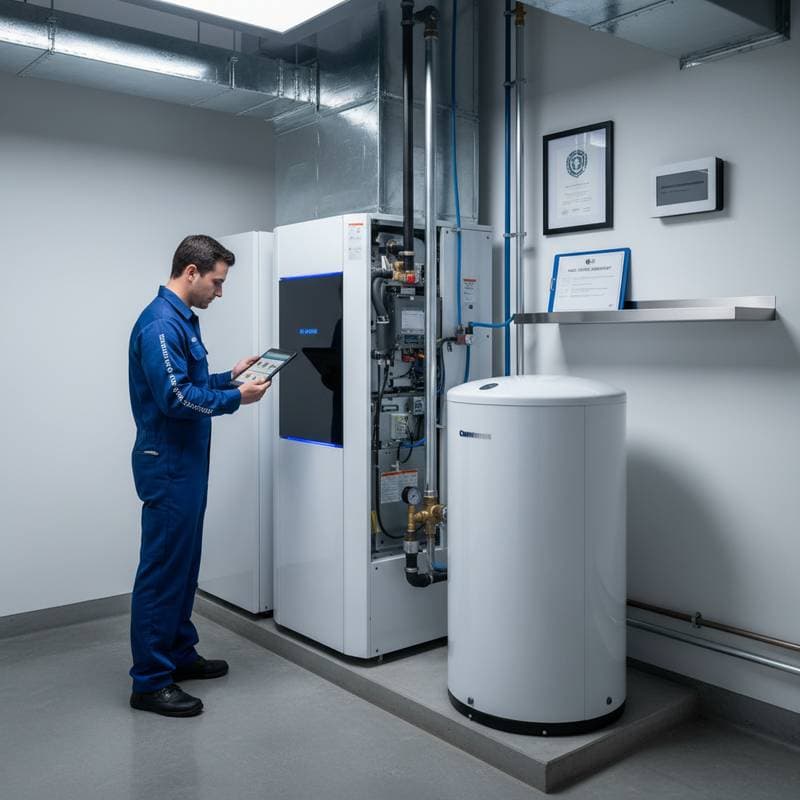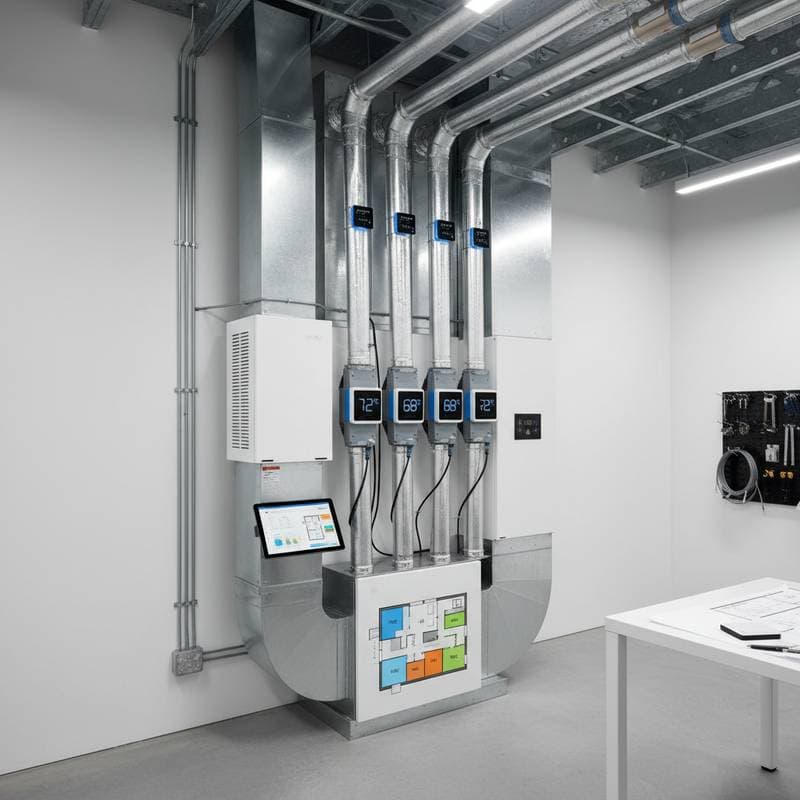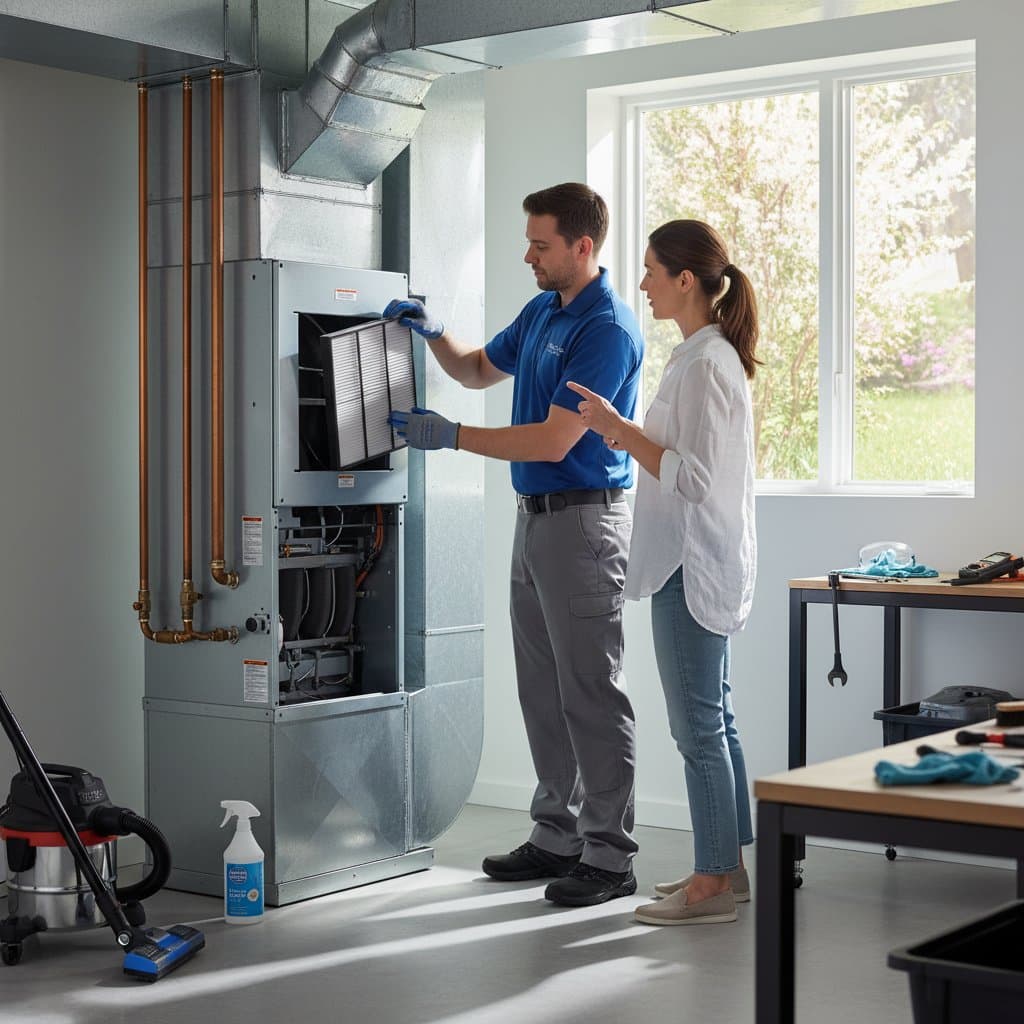How Monthly HVAC Maintenance Plans Eliminate Costly Repairs
Homeowners often face the frustration of unexpected HVAC failures that disrupt comfort and strain budgets. Monthly maintenance plans address this challenge by providing scheduled professional care for a fixed fee. These agreements include regular inspections, thorough cleanings, and precise tune-ups, which identify potential issues early and prevent them from escalating into expensive emergencies.
This comprehensive guide details the mechanics of monthly HVAC plans, typical pricing structures, included services, and strategies for avoiding substantial repair costs. By understanding these elements, readers gain the knowledge to select a plan that aligns with their needs and delivers long-term value.
Typical Costs of Monthly HVAC Maintenance Plans
Monthly HVAC maintenance plans generally cost between $15 and $40, depending on factors such as the complexity of the system, the size of the property, and the depth of coverage provided. Providers frequently structure options in tiers to accommodate varying homeowner preferences, from essential upkeep to advanced protection. Evaluating these tiers helps determine the best fit for specific circumstances.
The following table outlines common plan types, their average monthly fees, and key features:
| Plan Type | Average Monthly Cost | Typical Inclusions |
|---|---|---|
| Basic Plan | $15 – $25 | Annual inspection, filter evaluation and replacement, fundamental cleaning tasks |
| Standard Plan | $25 – $35 | Biannual tune-ups, priority appointment scheduling, discounts on minor repairs |
| Premium Plan | $35 – $40+ | Full-spectrum maintenance, coverage for select parts, enhanced warranty extensions |
Investing in a suitable plan often yields returns that surpass the fees, as it averts repairs that might range from $300 to $1,200 or higher. For instance, addressing a minor refrigerant leak during a routine visit costs far less than an emergency overhaul during peak demand periods.
Ways Monthly HVAC Plans Deliver Financial Savings
1. Reducing the Need for Urgent Repairs
Scheduled maintenance allows technicians to detect subtle signs of wear, such as frayed wiring or imbalanced airflow, before they cause complete system shutdowns. Homeowners avoid the premium rates associated with after-hours or weekend service calls. Technicians perform proactive adjustments, like tightening connections or lubricating components, which maintain operational integrity.
2. Enhancing Energy Efficiency
Well-maintained systems operate with optimal airflow and heat transfer, minimizing energy consumption. Accumulated dirt on evaporator coils or restricted ducts can elevate electricity usage by as much as 20 percent. Professionals clean these elements and verify refrigerant levels during visits, resulting in noticeable reductions on monthly utility statements.
3. Extending Equipment Durability
HVAC systems typically endure 10 to 15 years under ideal conditions, yet irregular care accelerates deterioration from corrosion, vibration, or overuse. Monthly plans counteract these effects through consistent monitoring and part replacements, potentially adding years to the unit's service life. This approach delays the substantial expense of full system replacement, often exceeding $5,000.
4. Providing Perks Like Discounts and Expedited Support
Plan members benefit from reduced rates on replacement parts and labor, sometimes up to 20 percent off standard pricing. During high-demand seasons, such as extreme heat waves, priority access ensures technicians arrive promptly, minimizing discomfort. These advantages compound over time, offering peace of mind alongside tangible savings.
Frequently Asked Questions About Monthly HVAC Plans
How Frequently Should HVAC Systems Receive Maintenance?
Experts recommend servicing residential HVAC systems twice annually. The spring visit optimizes cooling performance ahead of summer, while the fall appointment readies heating components for winter. Monthly plans automate this schedule, eliminating the need for homeowners to track dates or initiate requests.
Do These Plans Include Repair Coverage?
Entry-level plans focus on preventive measures and typically offer discounts rather than full repair reimbursements. Higher-tier options might encompass minor fixes, such as thermostat recalibrations, or bolster existing manufacturer warranties. Review contract specifics to understand exact coverage boundaries.
What Risks Arise from Neglecting Maintenance?
Irregular upkeep leads to diminished performance, escalated energy costs, and heightened failure risks. Debris buildup strains motors and compressors, prompting premature breakdowns. Over time, these issues necessitate interventions that inflate expenses and compromise indoor air quality.
Is Plan Transferability an Option Upon Relocation?
Most providers permit transferring plans to new properties or buyers within their service radius, preserving the investment's value. Verify transfer conditions, including any administrative fees or eligibility criteria, during the enrollment process.
Steps to Obtain Quotes for Monthly HVAC Plans
To make informed decisions, solicit quotes from multiple reputable providers. Request breakdowns of services, visit frequency, and additional perks to compare value effectively. Pay attention to terms regarding renewals, as some plans lock in rates for multiple years.
Essential Questions for Providers
- Which services does the plan explicitly cover?
- Does coverage extend to both heating and cooling components?
- How many maintenance visits occur annually?
- Are consumables like filters or belts supplied at no extra charge?
- What priority level applies to urgent service requests?
- Do discounts apply to repairs, and are parts under warranty?
- Under what conditions can the plan transfer to a new address?
- What fees accompany cancellation, and what is the commitment period?
- Are there notable exclusions, such as commercial use or pre-existing damage?
Safeguarding Your HVAC System Through Ongoing Care
Adopting a monthly HVAC maintenance plan represents a proactive strategy for preserving home comfort and financial stability. This structured approach distributes upkeep expenses evenly, forestalls disruptions, and sustains peak efficiency. Homeowners who implement these plans experience fewer interruptions and greater control over long-term costs, ensuring reliable climate control year after year.





